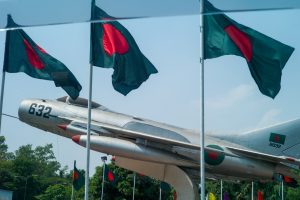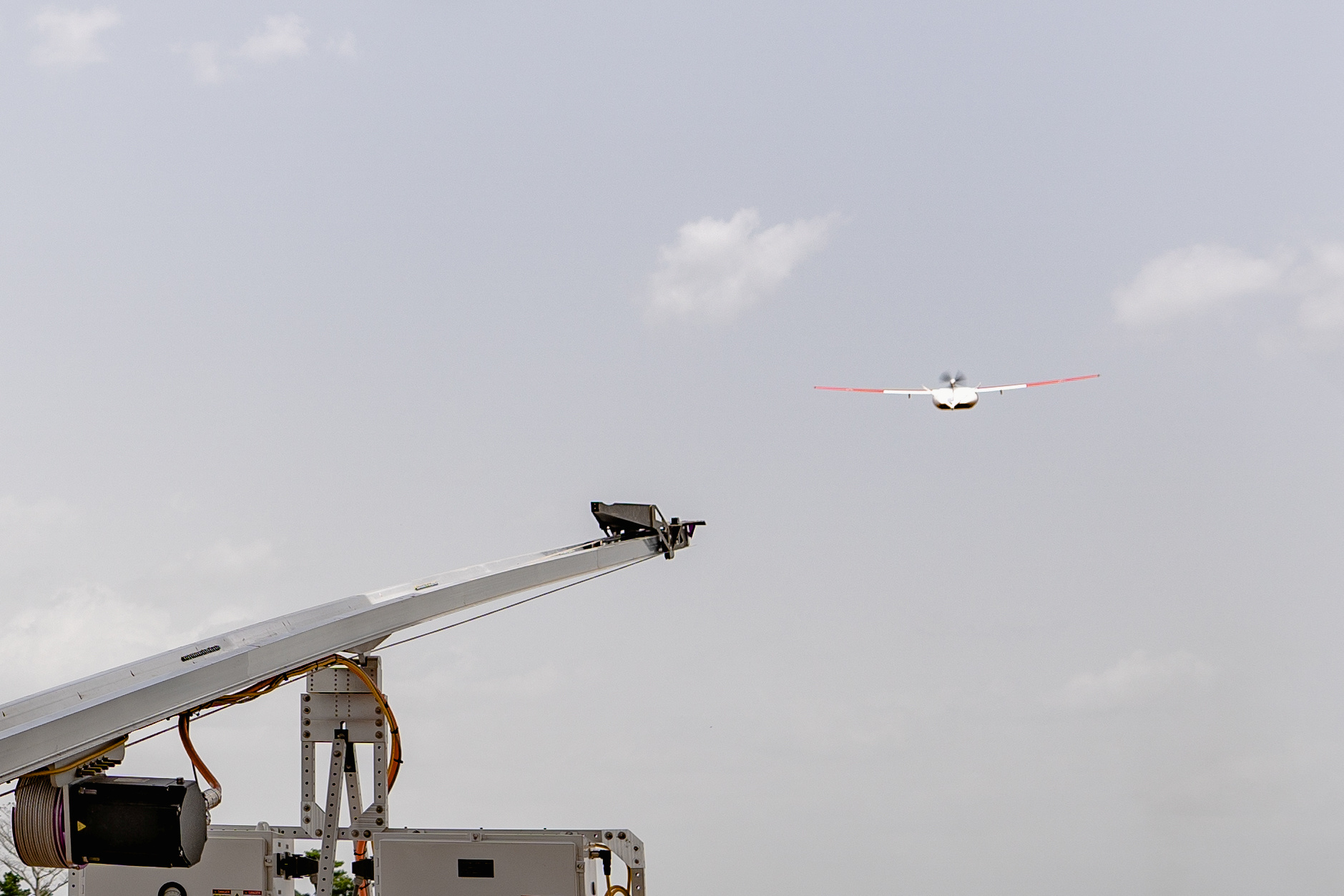by Patrick Wintour
Some will call it a tilt, others a rebalancing and yet others a pivot but, either way, the new big idea due to emerge from the government’s foreign and defence policy review on Tuesday will be the importance of the Indo-Pacific region – a British return east of Suez more than 50 years after the then defence secretary Denis Healey announced the UK’s cash-strapped retreat in 1968.
Boris Johnson and his admirals are billing the focus on a zone stretching through some of the world’s most vital seaways east from India to Japan and south from China to Australia as Britain stepping out in the world after 47 years locked in the EU’s protectionist cupboard. Others warn Johnson is indulging a hubristic and militarily dangerous imperial fantasy.
Either way, the British public are startlingly ill-prepared for what is to come. When the British Foreign Policy Group asked Brits whether they supported the UK’s greater involvement in the region, more than 50% said they did not know, or opposed the shift. This big idea is coming out of the blue.
At one level, the ignorance is natural. The UK – not on the Pacific Rim – has limited assets in the region. Diego Garcia is British owned but rented out to the Americans, a jungle training centre in Brunei exists, and there are some touchpoints such as Sembawang wharf in Singapore. Duqm port in Oman is being fashioned with UK money to receive aircraft carriers. It hardly amounts to a magnetic force.


/cloudfront-us-east-1.images.arcpublishing.com/mco/OBBPBBMCJZBW5P7THHNIPLOOYE.jpg)



/cloudfront-us-east-1.images.arcpublishing.com/mco/C5KKPXSDQRHDLN26S24HSXY7LQ.jpg)















